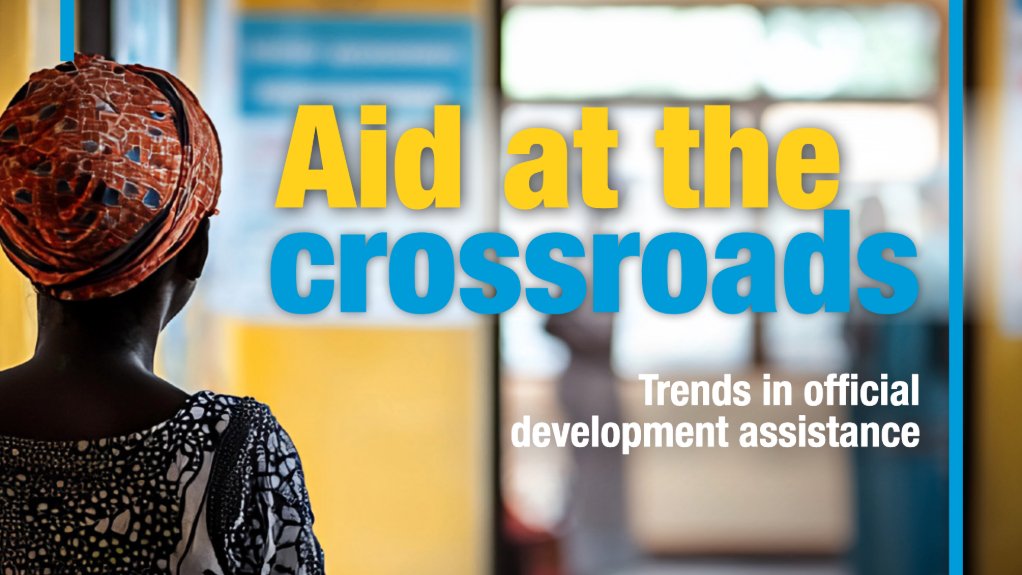- Aid at the crossroads: Trends in official development assistance2.67 MB
For millions of people, official development assistance (ODA) is both a source of emergency relief and a promise of a better future through education, healthcare, and economic opportunities.
In 2023, ODA remained high but declined in real terms. Between 2022 and 2023, ODA1–also referred to as aid–increased to $288-billion at current prices, but decreased by about 1% to $275-billion in real terms (i.e., at constant 2022 prices).
As such, the global aid target was missed by almost half. While the Sustainable Development Goal (SDG) 17.22 target aims at an ODA contribution of 0.7% of donors’ gross national income, in 2023 aid provided by OECD-DAC members reached 0.37%.
For developing countries, ODA remains an important source of financing, but it has declined for the third consecutive year.3 From its peak of $175-billion in 2020, ODA to developing countries fell to $160-billion in 2023. As economies grow wealthier, their dependence on concessional finance diminishes in favour of domestic public and private resources. However, in vulnerable economies, where alternative funding is limited, and shocks like natural disasters or war can easily destabilise a country, ODA is crucial to supplement domestic resource mobilisation efforts.
ODA has been a relatively stable and predictable source of external financing. Notably, during the Covid-19 pandemic, while other external flows such as foreign direct investment declined, aid to developing countries increased.
However, geopolitical challenges are straining these financial flows, which are vital for the poorest and most fragile economies. New emergencies, some directly affecting donor countries, have shifted priorities and led to increased pressure on aid budgets. In 2023, ODA to developed countries increased further to $43-billion, while ODA for asylum seekers and refugees in donor countries remained elevated at $31-billion. Conversely, ODA to Africa declined by almost 7% to $74-billion, and aid to Latin America and the Caribbean dropped by 15% to $14-billion.
Recent donor announcements point toward an unprecedented strain in global aid. A number of traditional donor countries have announced reductions in their aid budgets, as they struggle to cope with economic and geopolitical challenges and refocus public expenditure or embark on fiscal consolidation.
The Fourth international Conference on Financing for Development represents an opportunity to reaffirm the role of international cooperation in addressing global challenges. We must ensure that ODA continues to flow, mitigating instability and propelling development toward a more equitable, sustainable, and resilient world. We must enhance its effectiveness and the agency of developing countries in international cooperation. We must better support their domestic resource mobilisation efforts. In times of unprecedented needs, we cannot afford to lose sight of our collective “plan of action for people, planet, and prosperity”.
Report by the United Nations Conference on Trade & Development
EMAIL THIS ARTICLE SAVE THIS ARTICLE ARTICLE ENQUIRY
To subscribe email subscriptions@creamermedia.co.za or click here
To advertise email advertising@creamermedia.co.za or click here











